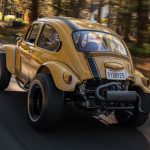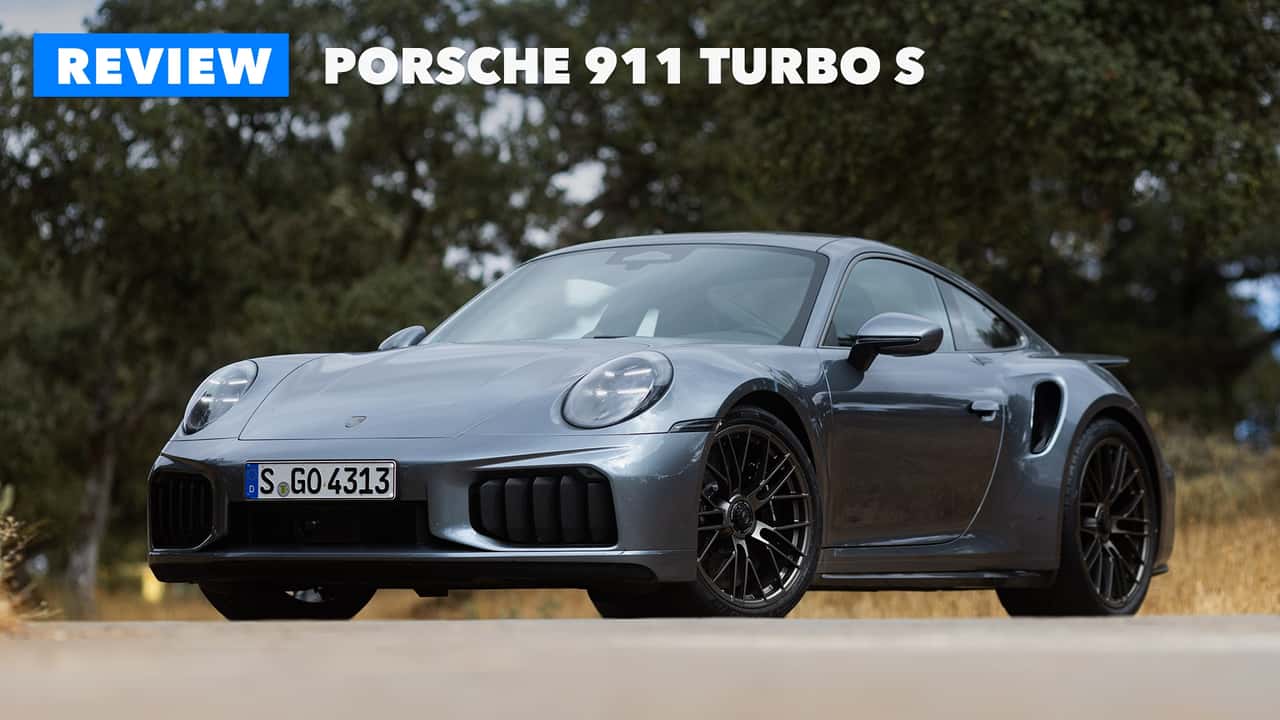

Once upon a time, the Porsche 911 Turbo was the big daddy of every 911. It was the one that drivers feared, racers respected, and enthusiasts loved. And aside from its undue widow-maker reputation, until the first 911 GT3 in 1999, the Turbo was the apex of the 911 range. Since then, its reputation has become that of a softer, cushier 911, rather than the top dog it once was.
The 992.2 911 Turbo S seeks to dispute that. It has the specs sheet to scare almost any supercar—now with 701 horsepower—and a Nurburgring lap time that troubles the newly refreshed 992.2 GT3—7:03.92 to the GT3’s 6:56.2. That’s shockingly close, especially considering the new Turbo S weighs 3,829 pounds to the GT3’s 3,278 pounds.
Yet, this is still a Turbo S. It still must be luxurious and ready for any environment. It still has to be all-wheel drive and ready to cross a continent. So how does Porsche balance track-decimating performance with countryside-crossing relaxation? The answer is simple: Technology.
| Quick Specs | 2026 Porsche 911 Turbo S |
| Engine | 3.6-Liter Flat-Six Hybrid |
| Output | 701 Horsepower / 590 Pound-Feet |
| 0-60 | 2.5 Seconds |
| Weight | 3,829 Pounds |
| Price / As Tested | $270,300 / $285,860 |
Adopting the Carrera GTS T-Hybrid system opened a new world of possibilities for Porsche’s engineers. It’s not just less turbo lag, but it’s the all-around capability of a high-voltage electrical system as well. Before we talk turbos, though, we need to talk about the chassis.
With the T-Hybrid system, Porsche can now run 400-volt accessories, which allows for a new generation of active sway bars. Porsche calls it Dynamic Chassis Control (PDCC), but it’s effectively hydraulic rams in place of all four sway bar end links. Most active sway bar systems only replace one endlink, allowing for a simple range of full sway bar stiffness to fully decouple, but PDCC allows the sway bar to subtly push against the cornering force.

Photo by: Chris Rosales / Motor1

Photo by: Chris Rosales / Motor1
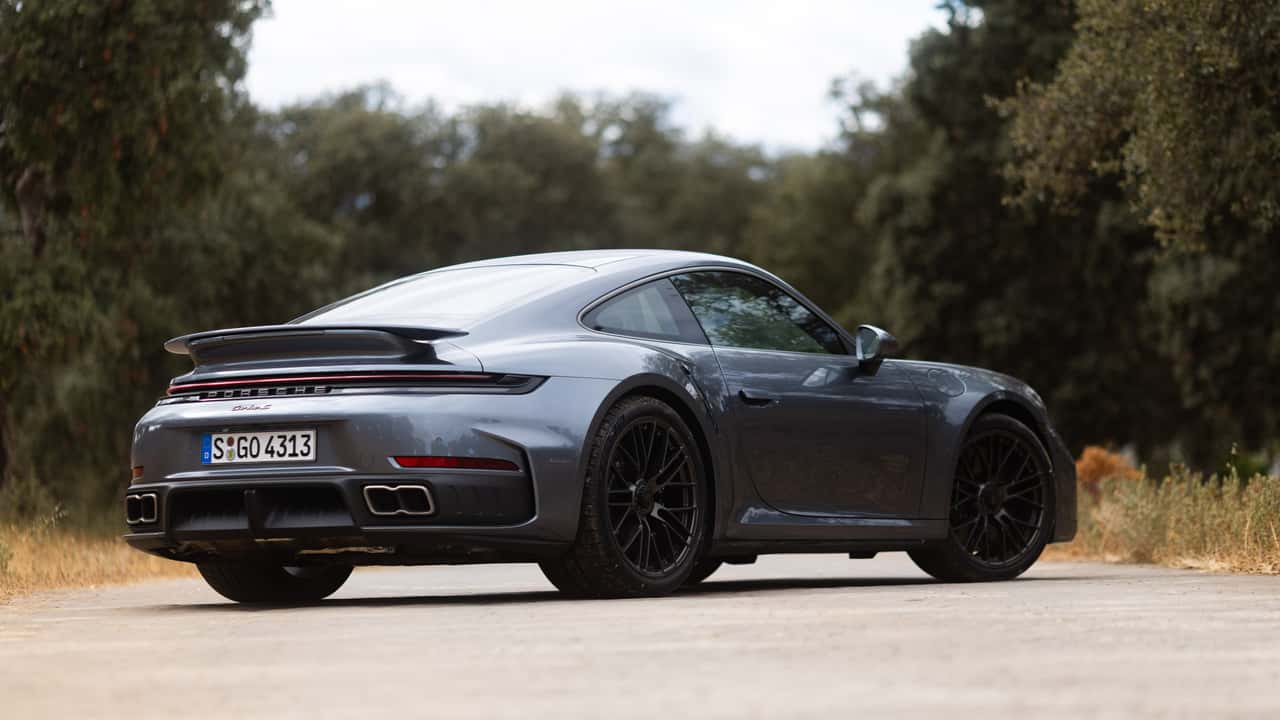
Photo by: Chris Rosales / Motor1
Photos by: Chris Rosales / Motor1
Effectively, one side of the car pushes against roll, while the other pulls the car downward. The engineers say the overall target is around 1.5 degrees of roll per 1g of cornering force, but PDCC also actively changes roll stiffness based on the cornering condition. At corner entry, the front sway bar is softer and the rear is stiffer to promote rotation. At middle and exit, the bars slowly swap stiffness and become softer in the rear for better traction.
It’s all run off of the same pumps as Porsche’s active suspension, just with two pumps instead of four. What doubles on the Turbo S is the namesake: the turbos.
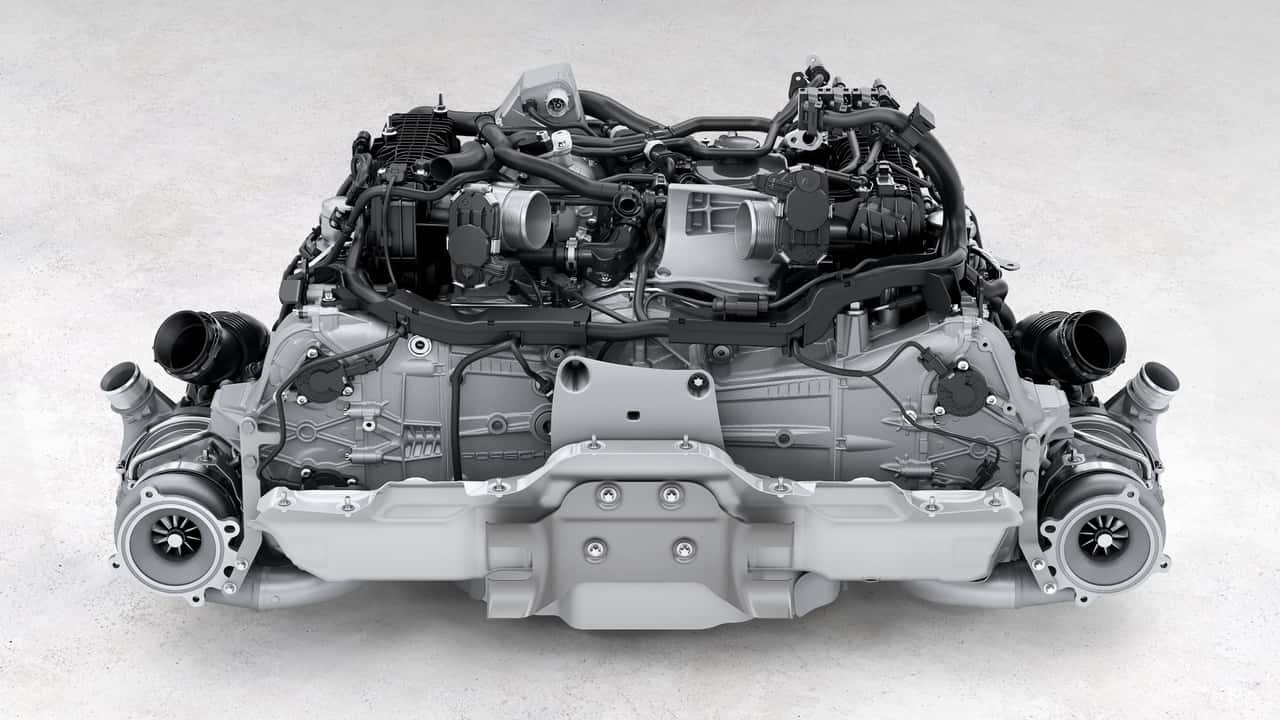
Photo by: Porsche
Pros: Damn Fast, More Comfortable Than A 992.1, A More Focused Sports Car
Instead of the large single turbo of the Carrera GTS, the Turbo S uses the more traditional twin-turbo layout. While the center housing of the turbos, which contains the electric motor-generator, is the exact same as the GTS, the turbos are substantially smaller. The GTS turbo uses an 83-millimeter compressor and an 80-millimeter turbine wheel, while the Turbo S has twin 73-millimeter compressors and 65-millimeter turbines.
The engine is almost identical to the GTS’s—the new 9A3-generation 3.6-liter flat-six. For the Turbo S, Porsche slightly reduced the compression ratio and optimized the piston shape for the increased power, but it is fundamentally the same engine. The eight-speed PDK with an integrated electric motor is identical to the GTS, but because of the twin-turbos and the enhanced energy recuperation, the e-motor produces 80 horsepower, compared to the GTS’s 54. The T-Hybrid system spools the turbos first, then sends power to the PDK-mounted electric motor.
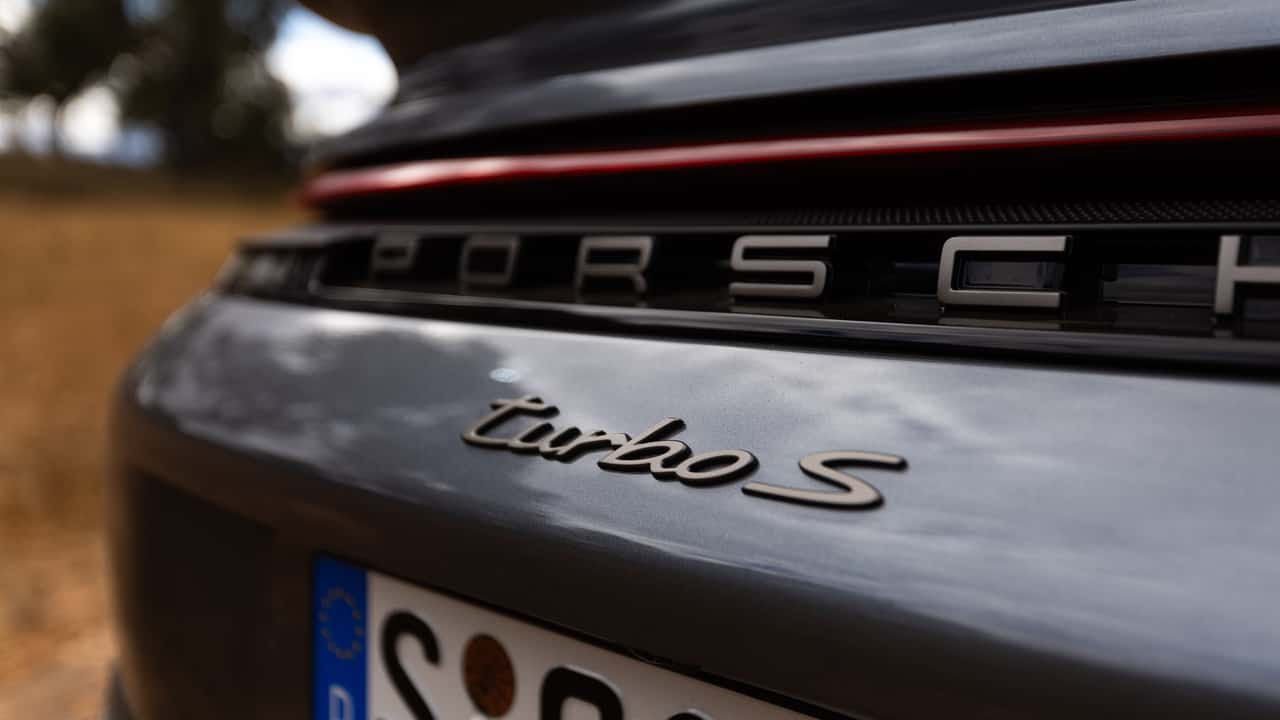
Photo by: Chris Rosales / Motor1
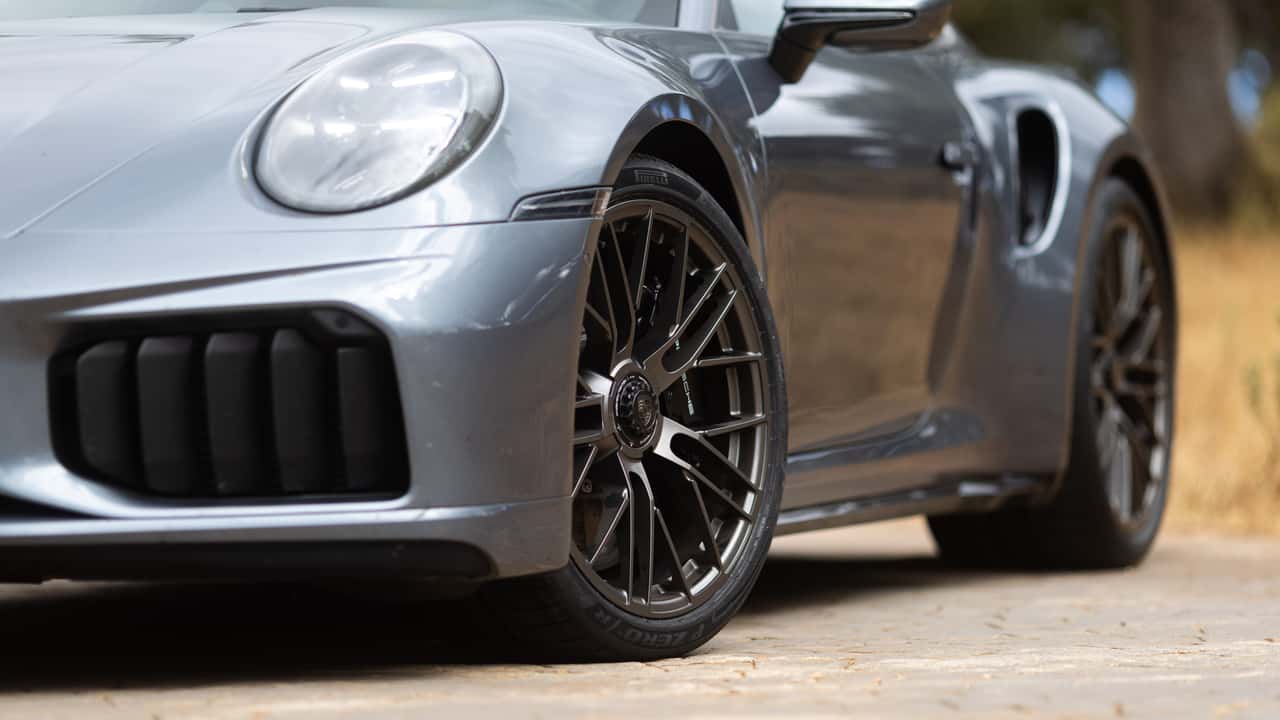
Photo by: Chris Rosales / Motor1
Photos by: Chris Rosales / Motor1
For all of that effort, the 992.2 Turbo S gains 187 pounds compared to the 991.1, which is frankly significant. It isn’t as impressive as the GTS’s 110-pound penalty, but the Turbo S does get more standard equipment, including the PDCC system. For the GTS, it is only optional.
The output of Porsche’s effort is, as usual, astounding. Driving the new Turbo S on some of Spain’s finest backroads (and Ascari circuit) reveals plenty about its sporting and touring character. Compared to the 992.1, it feels functionally similar but quite significantly heightened. What the 992.2 does much better is balancing sports car handling manners with grand touring comfort.
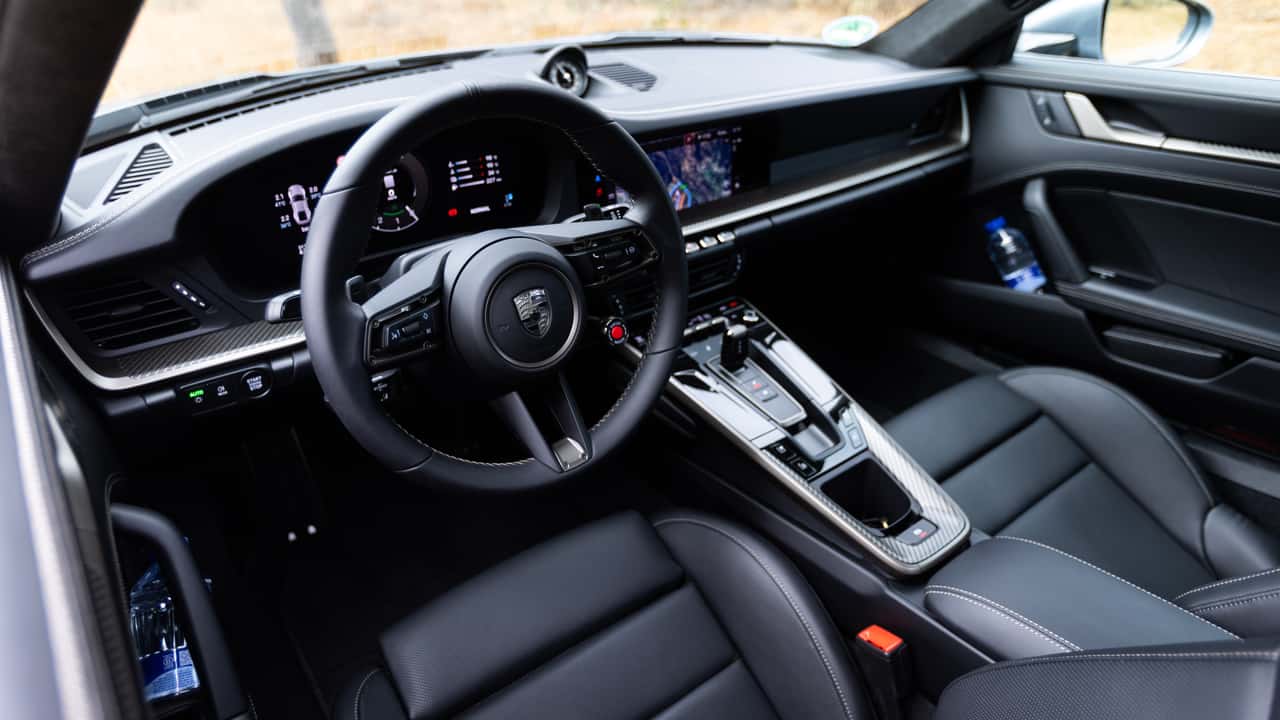
Photo by: Chris Rosales / Motor1
Cons: Heavier Than Before, Pricier Than Before, PDK Isn’t As Crisp
While the 992.1 was honestly ballistic in a straight line, the 992.2 is Jesus f*ck fast. Where the old 3.7-liter flat-six had huge mid-range torque and nosed off at the top end, the T-Hybrid joint simply never stops making power. It is gratifying to rev and also slightly horrifying. On paper, the 60 horsepower doesn’t seem like much, but the new engine makes it all above 4,200 rpm, tapering much more aggressively to peak power at 6,500 rpm. There’s also zero turbo lag.
Then, there’s the handling. I couldn’t believe the spec sheet figure— it simply doesn’t handle like it weighs 3,829 pounds. That is an amount of mass that would normally warrant ridicule in the world of sports cars, yet the Turbo S, with its clever chassis systems, hides it more effectively than my brain could calculate. Rear-steer, PDCC, and all-wheel drive all work in harmony to make the Turbo S linear, easy, and responsive.
If anything, it’s a return to form for Porsche’s non-GT chassis team—the latest Carreras had slightly overactive rear-steer and were overdamped. The Turbo S rode beautifully, with supple dampers that softened bumps but responded to mid-corner inputs. The steering is linear and weighty, but maybe lacking some ultimate feel compared to a rear-drive 911.
The previous Turbo S only had a few flaws—A harsher ride than expected, a bit too much road noise, and perhaps a touch emotionless. The new Turbo S addresses those flaws well, complete with some new turbo spool sounds that heighten emotional theatre. Plus, it packages everything beautifully into one seamless, hybridized setup.
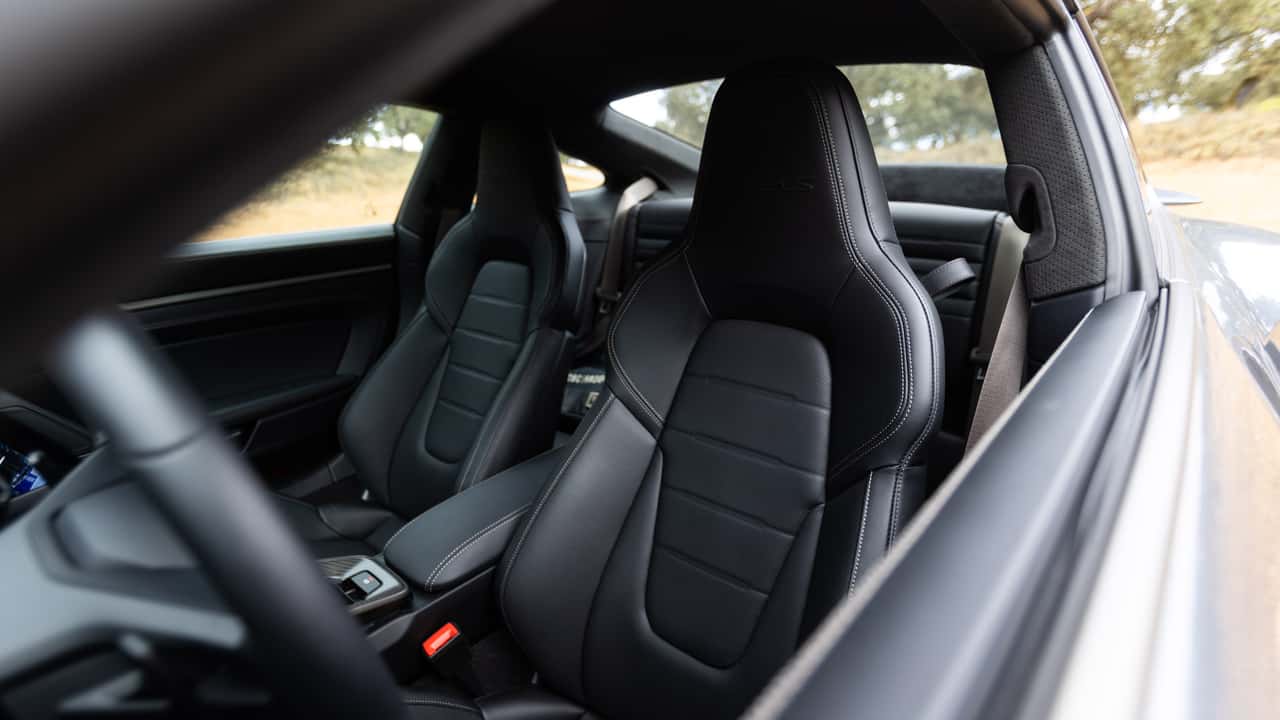
Photo by: Chris Rosales / Motor1

Photo by: Chris Rosales / Motor1

Photo by: Chris Rosales / Motor1
Photos by: Chris Rosales / Motor1
The only real detriment here is price: Around $270,000 to start. That is colossal money and opens the market up quite substantially. Realistically, a well-equipped Turbo S is going to approach supercar money. As ever, the Turbo S offers supercar performance and excellent driving feel, but no supercar wow factor.
Yet, we all learned that Porsche knew how to engineer a hybrid with the 911 GTS. The Turbo S is further proof that “Hybrid” doesn’t have to be a dirty word. It might just be an expensive one.
Competitors
Aston Martin Vantage
Mercedes-AMG GT
McLaren Artura
The Mercedes-AMG GT63 S E Performance Is Grand Touring, Perfected
Don’t Forget About the McLaren Artura. It’s Still Great: Review
The 2025 Aston Martin Vantage Will Make You Reconsider That Porsche
The New Vantage Is Exactly What Aston Martin Needs: Review
| 2026 Porsche 911 Turbo S | |
| Engine | 3.6-Liter Flat-Six Hybrid |
| Battery | Lithium-Ion 1.9 Kilowatt-Hours |
| Output | 701 Horsepower / 590 Pound-Feet |
| Transmission | Eight-Speed Dual Clutch |
| Drive Type | All-Wheel Drive |
| Speed 0-60 MPH | 2.5 Seconds |
| Maximum speed | 200 Miles Per Hour |
| Weight | 3,829 Pounds |
| Seating Capacity | 4 (2 With Optional Rear Seat Delete) |
| Base Price | $270,300 |
| As-Tested Price | $285,860 |
